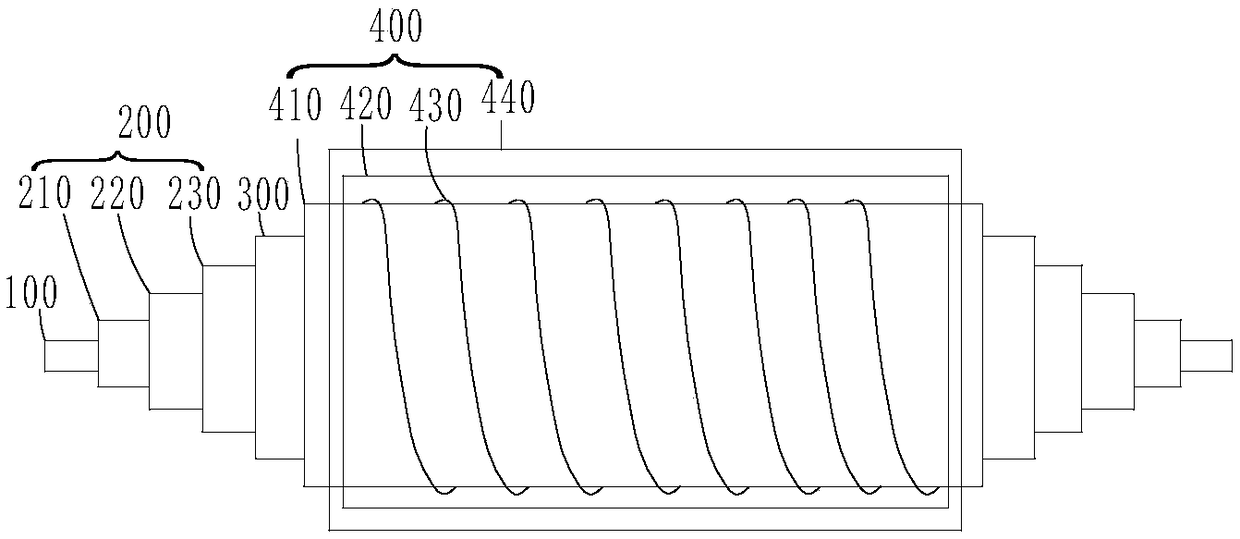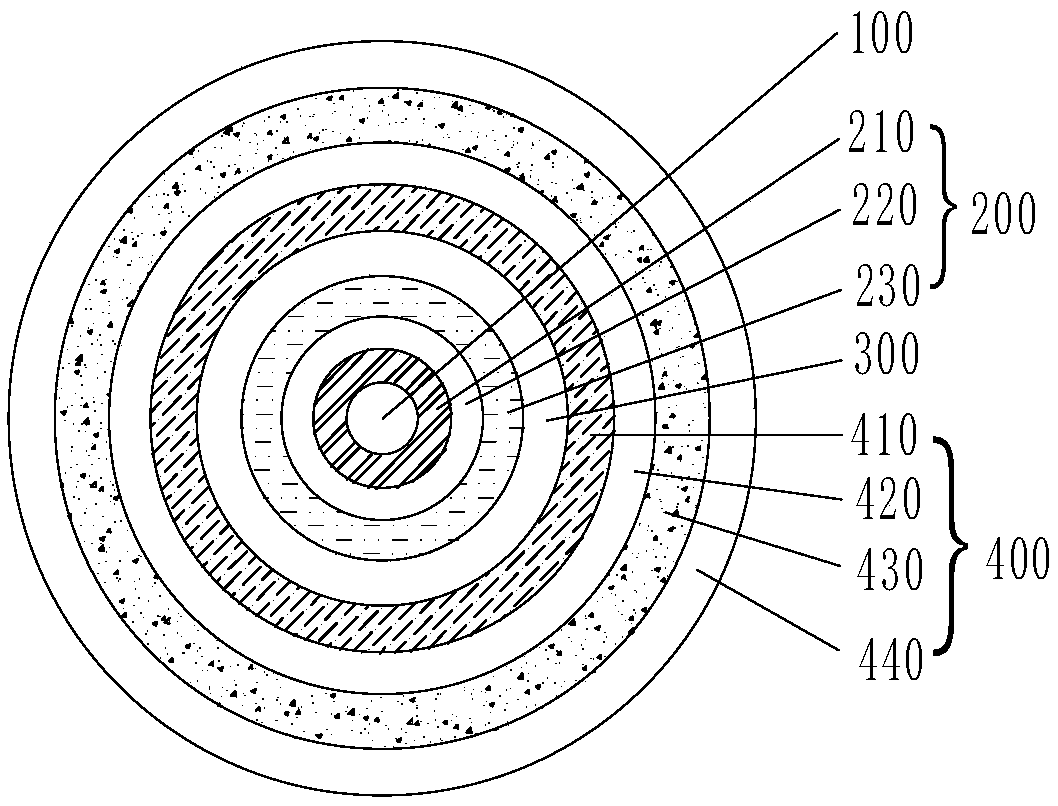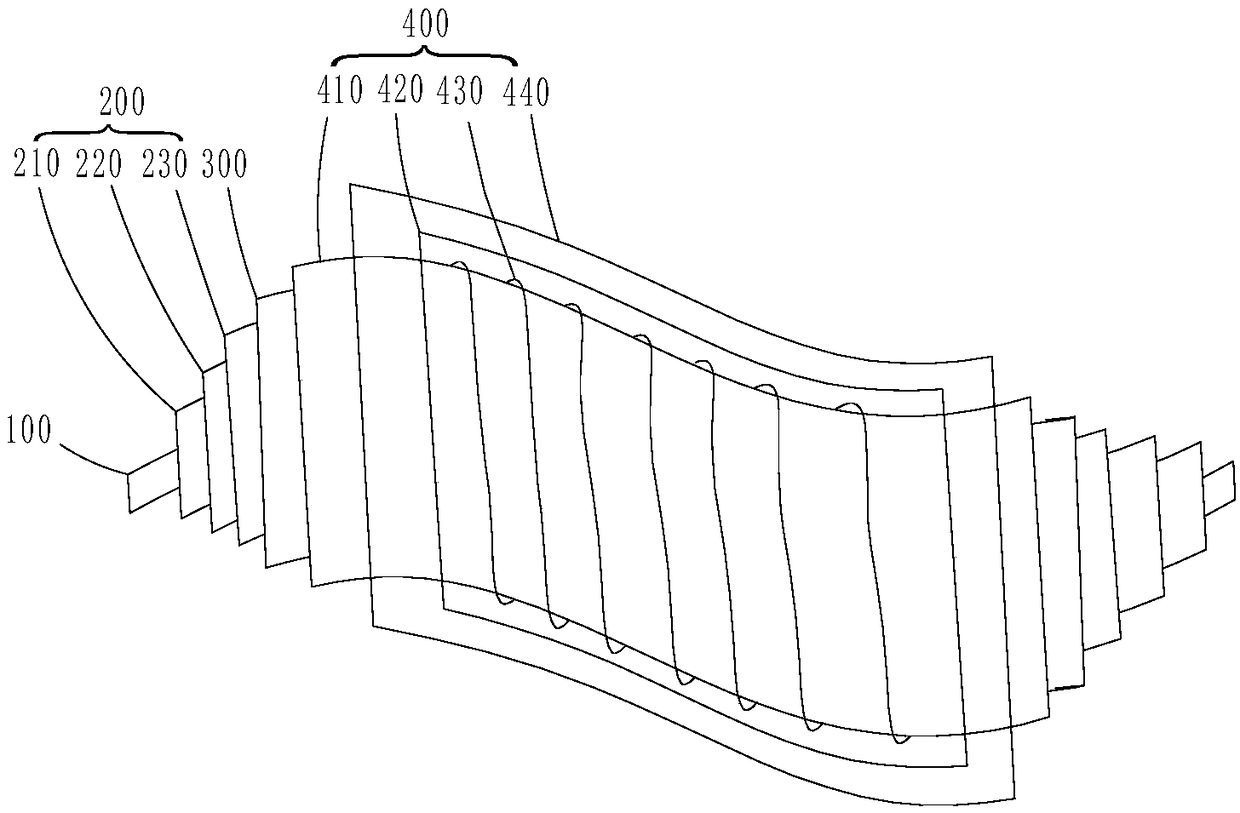Solar cell and supercapacitor integrated device and manufacturing method thereof
A technology for supercapacitors and solar cells, applied in the direction of capacitor current collector combinations, etc., can solve the problems of low photoelectric energy conversion and storage efficiency, difficulty in reducing the size, and complicated device connections, so as to increase the area, reduce the size of the device, and simplify the connection. Effect
- Summary
- Abstract
- Description
- Claims
- Application Information
AI Technical Summary
Problems solved by technology
Method used
Image
Examples
Embodiment Construction
[0034] In order to make the purpose, advantages and characteristics of the present invention clearer, the following in conjunction with the attached Figure 1a-4 The solar cell and supercapacitor integrated device proposed by the present invention and its manufacturing method are further described in detail. It should be noted that all the drawings are in a very simplified form and use imprecise scales, and are only used to facilitate and clearly assist the purpose of illustrating the embodiments of the present invention.
[0035] An embodiment of the present invention provides a solar cell and supercapacitor integrated device, see Figure 1a and Figure 1b , Figure 1a It is a structural schematic diagram of a solar cell and supercapacitor integrated device according to an embodiment of the present invention, Figure 1b yes Figure 1a Schematic diagram of the lateral cross-section of the solar cell and supercapacitor integrated device shown. From Figure 1a and Figure 1bI...
PUM
 Login to View More
Login to View More Abstract
Description
Claims
Application Information
 Login to View More
Login to View More - Generate Ideas
- Intellectual Property
- Life Sciences
- Materials
- Tech Scout
- Unparalleled Data Quality
- Higher Quality Content
- 60% Fewer Hallucinations
Browse by: Latest US Patents, China's latest patents, Technical Efficacy Thesaurus, Application Domain, Technology Topic, Popular Technical Reports.
© 2025 PatSnap. All rights reserved.Legal|Privacy policy|Modern Slavery Act Transparency Statement|Sitemap|About US| Contact US: help@patsnap.com



